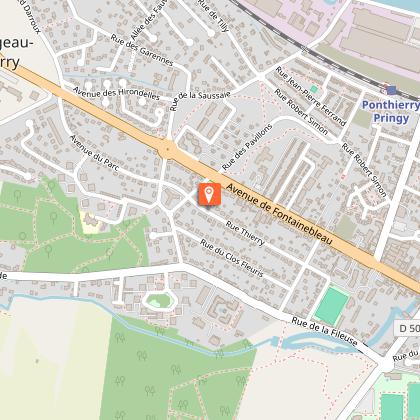Tours
Activities
Places of interest
Where to eat
Where to sleep
Milly-la-foret, Essone, Ile de France
Are you in charge of the destination?Nestled in the heart of Essonne in Île-de-France, Milly-la-Forêt is a picturesque destination that captivates with its bucolic charm and rich cultural heritage. Known for its ancient half-timbered houses, cobbled streets, and lush landscapes, this town is a peaceful retreat for nature and history enthusiasts. The main attraction of Milly-la-Forêt is the Fontainebleau Forest, offering enchanting hi...See more
Walking around Milly-la-foret
See more suggestionsTake a walk around Milly-la-foret.
See more suggestionsWhat to do in Milly-la-foret
See more suggestionsExperience unique moments with the bookable activities in Milly-la-foret.
See more suggestionsWhat to visit in Milly-la-foret
See more suggestionsLearn the history of Milly-la-foret through its museums.
See more suggestionsWhere to eat in Milly-la-foret
See more suggestionsEnjoy delicious dishes at Milly-la-foret's restaurants.
See more suggestionsWhere to sleep in Milly-la-foret
See more suggestionsStay in unique accommodations in Milly-la-foret.
See more suggestions












































